Rich history of the islands of the Firth of Forth uncovered
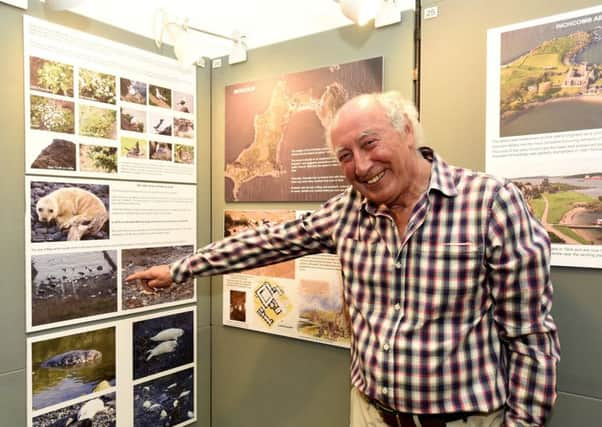

And that one of the other islands in the Forth is owned by the famous magician and mentalist Uri Geller who believes there is Egyptian treasure buried there?
These along with a number of other amazing historical facts and stories all feature in a fascinating new exhibition which is currently on display in Burntisland.
Advertisement
Hide AdAdvertisement
Hide Ad‘Island Jewels of the Forth’ is an island hopping tour which shines a spotlight on the now mainly deserted islands of the outer Firth of Forth – from the Bass Rock at the mouth of the Forth westwards to the iconic Forth bridges.
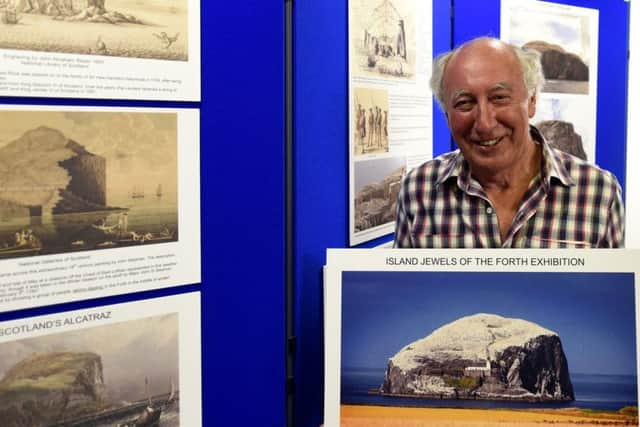

You may also be interested in:
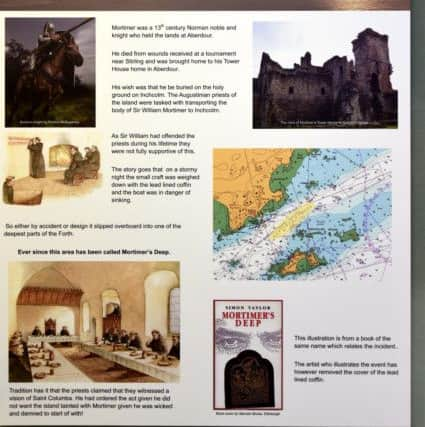

The showcase, which is running in Burntisland Heritage Centre in the town’s Kirkgate, looks at the character, history, rich natural heritage and wildlife on the islands as well as telling a few tales that deserve a wider audience.
Ian Archibald, who is convener of Burntisland Heritage Trust, put the exhibition together from a powerpoint display he had about the islands in the Forth which he uses to give talks to local groups.
He said it took around a couple of months to organise and arrange the display which features between 200 and 300 photographs.
Advertisement
Hide AdAdvertisement
Hide Ad“It starts off by introducing the Firth of Forth and the ten islands which include the Isle of May, Inchcolm, Craigleith, Lamb, Inchkeith, the Bass Rock, Crammond Island, Inchmikery, Inchgarvie and Fidra,” he said.
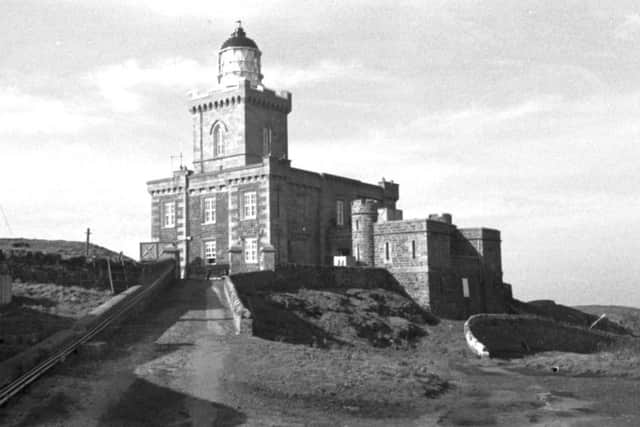

“It starts off at the Bass Rock and looks at its history - how it used to be a prison and was often referred to as Scotland’s Alcatraz. During the Jacobite Rising from 1688 to 1692, four captured Jacobite officers were also imprisoned on the Bass.
“In 1691 they captured the prison by the means of locking themselves in the castle while all their captors were busy outside unloading a shipment of coal.
“They held out for three years and eventually surrendered on their own terms leaving the island as free men.
Advertisement
Hide AdAdvertisement
Hide Ad“The prison itself remained in use for several more years until it was demolished at the beginning of the 18th century.”
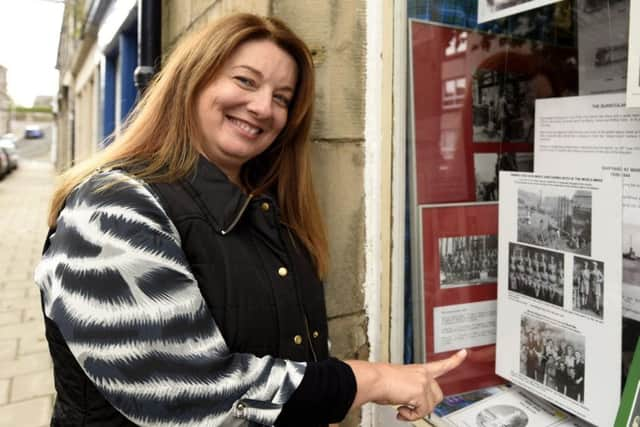

The display also has a section featuring an aerial trip round the Bass Rock with drone views taken in the winter provided by Alan Hunter.
Another island the exhibition focuses on is the Isle of May which is home to Scotland’s first lighthouse.
But did you know that it was notorious for shipwrecks which is why the lighthouse was built in 1636?
Advertisement
Hide AdAdvertisement
Hide AdAnd during its construction the architect drowned during a sudden unpredictable storm while Anstruther woman Eppie Laing was burned at the stake having been accused of causing the storm - by witchcraft!
There is also a separate section featuring the work of local artists Leo du Feu and Susan Smith who have been inspired by the May Isle.
Ian also takes a closer look at Inchkeith, using many photographs taken by Ron Morris, which is known as the ‘Gibraltar of the Forth’. During World War Two more than 1000 men were stationed on the island.
Even earlier in 1589, Inchkeith was used as an enforced isolation refuge for sufferers of the plague.
Advertisement
Hide AdAdvertisement
Hide AdPeople may no longer live there but today the island is home to a variety of birds such as herring gull, puffins and Razorbills, as well as grey seals.
Also featured are details about the uninhabited Lamb island bought by Uri Geller in 2009, and Inchgarvie, which some would consider to be the most important island today as part of its submerged rock is used for supporting the iconic Forth Bridge.
Ian, who has held exhibitions in the town for the past 26 years, said: “It is important these stories are told to a wider audience and there was a lot of the history I didn’t know about Craigleith, Fidra and Crammond.
“But the biggest challenge was sourcing the images and finding ones that would fit with the text.”
Advertisement
Hide AdAdvertisement
Hide AdHe added: “No-one else has done an exhibition like this - showing the history of the islands and we have it all here on our doorstep.”
The Island Jewels of the Forth exhibition, supported by Fife Cultural Trust an the Evolve Group, is running until August 31. Opening days and times are: Wednesdays 1pm to 4pm; Thursdays, Fridays and Saturdays 11am to 4pm.
Admission is free.
Family surprise for Oz visitor!
An Australian woman had a lovely surprise when she visited Burntisland on Tuesday while on a five-week tour of the UK. Louise Hepburn was walking past Burntisland Heritage Centre with her husband Andrew McCabe when she spotted her grandmother in one of the photographs in the window! Louise, who lives in Queensland, knew her grandfather John Hepburn was from Burntisland and was the personnel manager at the shipyards in the town, but she was taken aback to see her grandmother, Helen Robertson, who was from Kinghorn, in the black and white photograph which showed women shipyard workers in the Second World War.